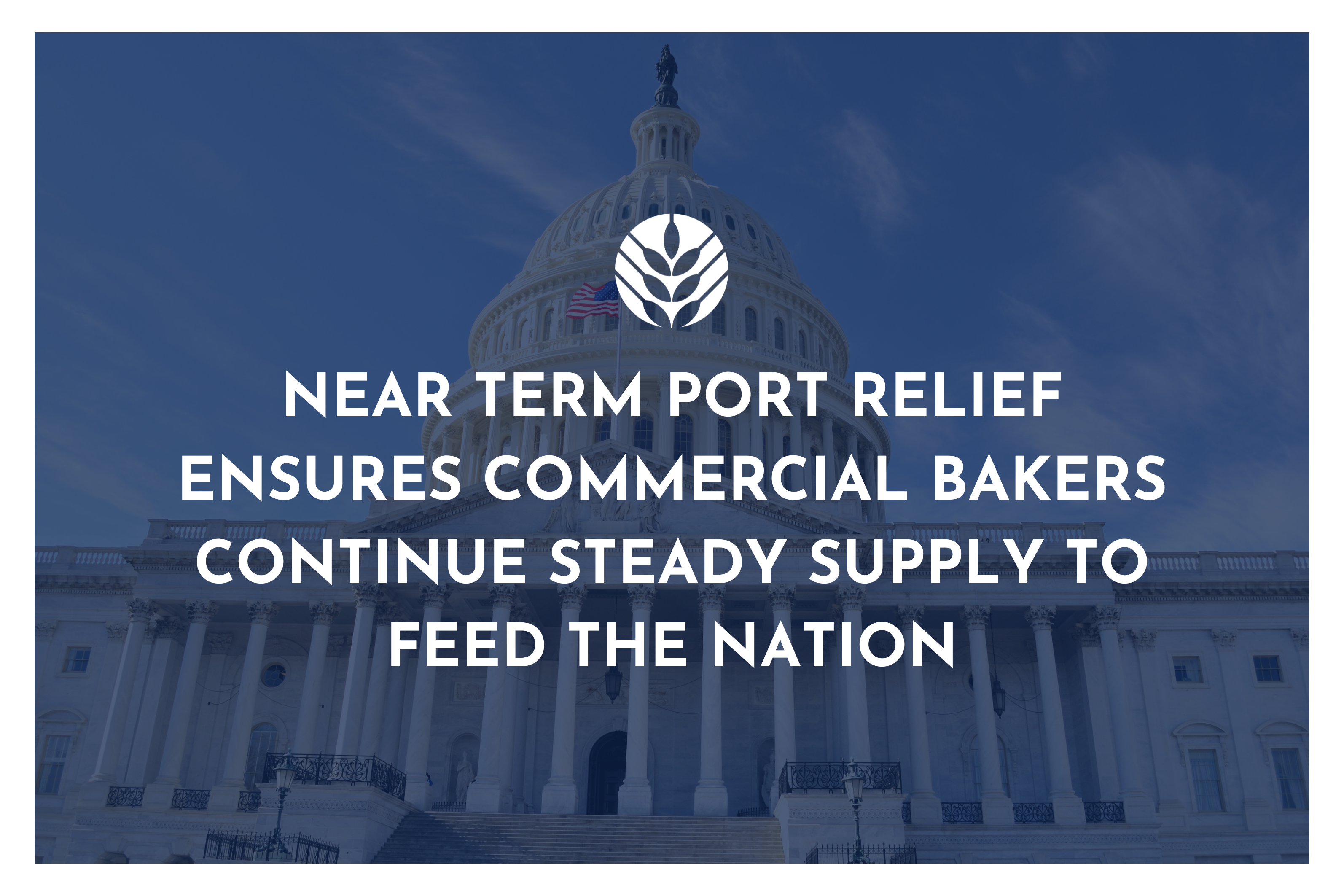The global community is facing serious health issues. According to the FDA, more than a million Americans die each year from diet-related diseases, including cardiovascular disease, diabetes, and certain cancers. Contributing factors include poor diet, sedentary lifestyles, and disparities. This issue extends globally, with the World Health Organization noting that unhealthy diets are a leading risk for many diseases. Additionally, approximately 2.5 billion adults are overweight, including 890 million who are living with obesity.
As a result, governments worldwide are focusing on nutrition policy to influence consumer behavior and encourage healthier food supplies. Despite these efforts, overall health has not significantly improved. The Healthy Eating Index (HEI), which measures how well American diets align with the Dietary Guidelines for Americans, recently scored just 58 out of 100.
If current nutrition policies are not improving public health, what is the way forward? Could better education be part of the solution?
There are many nutrition policy initiatives on the table. Chile pioneered Front of Package (FOP) labeling in 2016, using black stop signs on food labels to warn consumers of products high in sugar, saturated fat, sodium, and calories. Since then, many other countries have adopted similar policies. The United States, which currently does not mandate FOP labeling, is sandwiched between Mexico and Canada, both of which do.
The U.S. government, often seen as lagging behind in tackling diet-related health problems, has prioritized nutrition policy under the Biden-Harris Administration. In September 2022, the White House held its second-ever Conference on Nutrition (the first was in 1969 under Nixon) and released a National Strategy to improve Americans' health. As part of this strategy, the FDA is expected to release its own FOP labeling proposal this fall to highlight added sugars, sodium, and saturated fat. Additionally, a new rule to redefine the criteria for using the voluntary "Healthy" label is expected soon.
The U.S. Dietary Guidelines Advisory Committee has also been tasked with studying the effects of "ultra-processed foods," a term that has recently gained significant attention despite limited scientific research. Last year, the Administration also hosted a multi-agency public meeting to explore strategies for reducing added sugars in the food supply.
While the Biden-Harris Administration has brought a renewed focus to nutrition policy, the U.S. government has been addressing the nation's health problems for decades. In 1994, the FDA introduced the Nutrition Facts label on the back of packages, and in 2016, the agency updated it to include added sugars. In 2018, the FDA launched its Nutrition Innovation Strategy, a roadmap that includes priorities such as menu labeling and sodium reduction.
Looking globally, the effectiveness of policies such as FOP labeling remains unclear. For instance, in Mexico, despite implementing FOP labels in 2020, obesity rates and cases of diagnosed diabetes have continued to rise, with over one-third of adults living with obesity. Chile, which also has strict marketing regulations for unhealthy foods, updated its Dietary Guidelines in 2022 to advise against the consumption of ultra-processed foods, yet obesity rates remain high.
The global health problem is complex, but education about food, nutrition, and the nutrients that food choices bring (or don’t bring) to the diet can help. Nutrition education, often overlooked, is a powerful tool for influencing consumer behavior. Research suggests that 40 to 50 hours of education are needed to influence behavior change, but U.S. students receive less than 8 hours of nutrition education annually.
Programs like the USDA’s Farm to School initiative and school gardens offer excellent opportunities to educate children about food and nutrition from an early age. These programs have shown positive impacts on students’ nutrition knowledge by teaching them how different foods and ingredients are grown and how they contribute to a healthy diet.
Consumers and policymakers also need nutrition education. There is ongoing confusion over food labels and claims, and many people do not understand how various food sources, such as grain products, contribute to meeting nutrient needs. For example, baked goods, while not always seen as essential to a healthy diet like fruits and vegetables, are a source of important and under-consumed nutrients. Grains, one of the five key food groups, provide approximately 23% of dietary fiber, 34% of dietary folate, 30% of iron, and 14% of magnesium in the total diet.
The commercial baking industry can help bridge the gap in consumer, policymaker, and child education about the essential role of grains in the diet. The American Bakers Association (ABA) is working with the USDA to promote MyPlate, a visual representation of the recommended food groups in a balanced diet according to the Dietary Guidelines for Americans, emphasizing the importance of grain foods. ABA will continue exploring ways to increase public understanding of the role grains play in providing nutritious, shelf-stable, and cost-effective products.
While no single regulation or initiative will solve the nation's obesity and diet-related disease challenges, the baking industry can play a meaningful role in improving public health outcomes.



